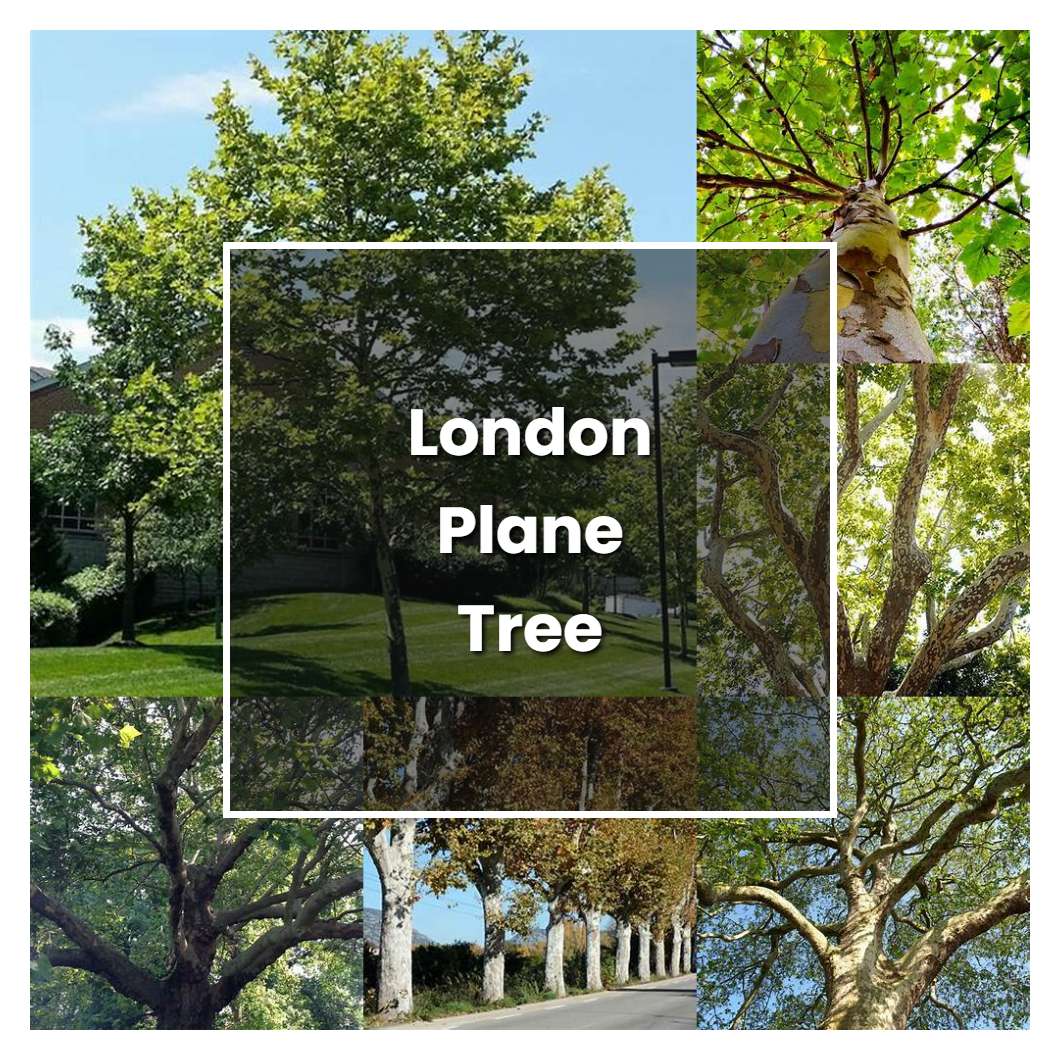London plane tree is a popular ornamental tree that is commonly planted in urban areas. The tree is tolerant to a variety of environmental conditions and is resistant to urban pollution. London plane tree has a broad, rounded crown and produces a dense shade. The tree is also known for its ability to shed its bark, which results in a mottled appearance.

Related plant:
London Plane
About soil condition, the London plane tree requires well-drained, fertile soil with a neutral to slightly acid pH. It's tolerant of salt and pollution, making it a good choice for an urban setting. The tree does best in full sun but can tolerate some shade.
Like the other trees, the London plane tree needs sunlight to grow. However, it can also tolerate some shade, making it a good tree for city streets where there is less sunlight. The tree grows best in full sun but can also tolerate partial shade.
The temperature condition that is best for the London plane tree is one that is cool and moist. This tree does not tolerate heat very well, so a location that gets full sun but is protected from the hottest afternoon sun is ideal. Moisture is also important for this tree, so a location that gets regular rainfall or irrigation is necessary.
Ideal humidity condition for this plant is around 40-50%. They are also quite tolerant to fluctuations in humidity, but prefer not to be too dry or too wet. If the air is too dry, the leaves may start to turn brown and crispy. If the air is too wet, the leaves may start to yellow and drop off.
The fertilizer, this kind of plant food, is high in phosphorus and potassium. This, along with the nitrogen in the leaves, helps the tree to grow large and strong. The roots of the tree are very important to the health of the tree. They help to anchor the tree in the ground and to absorb water and nutrients from the soil.
Pruning your London plane tree is important to keep it healthy and looking its best. Pruning also helps to encourage new growth and can make the tree more resistant to disease. When pruning, be sure to remove any dead or diseased branches, as well as any branches that are rubbing against each other. You should also prune any branches that are growing in an awkward direction.
Propagation for the London plane tree is best done through rooting hardwood cuttings. The cuttings should be taken from the current year's growth and be about 6-8 inches long. They should be placed in a well-drained rooting mix and kept moist. Rooting will usually occur within 6-8 weeks.
Usually, the plant growth rate is about 30 cm or 1 ft per year. However, there have been faster growth rates reported with some trees reaching 6 m or 20 ft in a single growing season. The london plane tree has been known to live for over 600 years.
Common problems for this kind of plant are Anthracnose, Canker, and Tar spot. Anthracnose is a fungus that infects the leaves and twigs of the tree, causing them to turn brown and die. Canker is a disease that attacks the bark of the tree, causing it to crack and peel. Tar spot is a fungus that infects the leaves of the tree, causing them to turn black and fall off.
Source:
Plane tree - quod.lib.umich.edu
Trees and shrubs: Pests in Gardens and Landscapes - UC IPM - ucanr.edu
Home | London Business School
